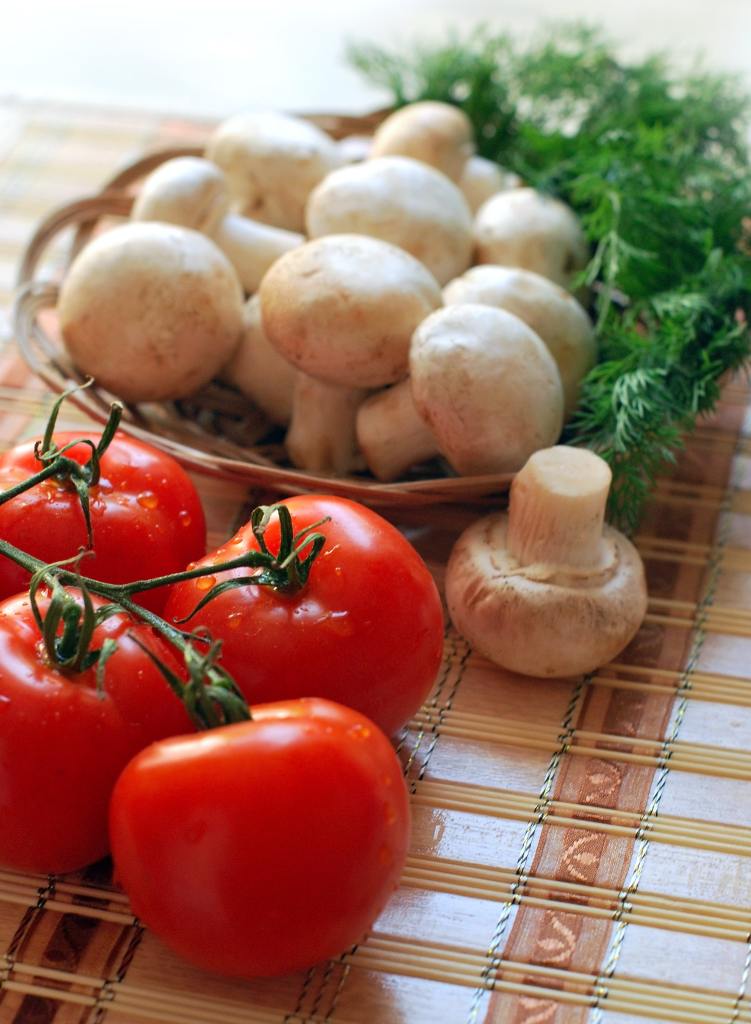6 Ways to Save Big on Healthy Groceries
- Category: Recipes & Wellness
- Posted On:

Is it possible to eat healthy and stick to a budget at the same time? One stroll through the organic produce aisle might convince you it isn’t. The truth is eating healthy can be expensive, it doesn’t necessarily need to be! These are six of our best tips for saving on weekly groceries while still choosing whole, nutrient-dense foods.
Eat Seasonally
Not only is in-season produce fresher and higher in nutrients—it’s also significantly cheaper. Have you noticed that strawberries cost up to $6 a pint in January, but go as low as $2 in April? Not to mention that the $6 strawberries may taste more sour than sweet since the fruit is out of season. Check out the fruits and veggies that are in season right now using The Seasonal Food Guide.
 Freeze & Save
Freeze & Save
According to The Penny Hoarder, “Your freezer can be an incredible source of savings, or it can be the black hole where mushy vegetables and half-eaten pints of ice cream go to die.”
Turn your freezer into savings by purchasing fresh produce at the peak of season and freezing it for future use (frozen produce contains just a many nutrients as fresh!) And if local or free-range meat is important to you, purchase meat in bulk from a local farmer and freeze portions to use throughout the year.
For a full list of foods that freeze well, check out this handy infographic sourced from here.
Plan your Meals & Groceries
Take one day to plan your meals for the upcoming week. Inventory your fridge and cabinets to see if you can use up a jar of pasta sauce or some frozen protein. After checking what you’ve got on-hand, make a grocery list of what you need.
Only plan to purchase foods you know you’re going to use, so that you don’t end up throwing away a lot of what you buy. Meal prep is a big money-saver for many people — and having a food plan also promotes weight loss and overall health.
Chop It Yourself
Grocery stores charge a premium to do the prep work, whether it’s pre-packaged salads, minced garlic, or shredded cheese. When saving money is a priority, opt for purchasing whole ingredients from the perimeter of your grocery store and chopping them yourself. While it takes more time, the savings are substantial.
Choose Affordable Proteins
Protein is a crucial nutrient that helps to keep us full. However, healthy protein sources can get expensive fast. Opt for some of these great protein sources that won’t break the bank.
- Canned tuna: 20g protein in a 3-ounce serving
- Eggs: 6g protein per large egg
- Edamame: 17g protein in 1 cup
- Black beans: 15g protein in 1 cup
- Plain Greek yogurt: 15g protein in one container
- Ground turkey: 23g protein in a 3-ounce serving
Go Generic
Most grocery stores have their own generic store brands (several are even organic). Store brands are usually much cheaper than name brands. Whole Foods 365, Trader Joes, Kroger Simple Truth, and Publix are a few store brands that can save you money compared to name brands.
Eating well doesn’t have to break the bank. There are many ways to eat healthy with a very tight budget, especially when you are planning meals ahead of time and preparing food at home.